Masa Block Machine Production Process
Introduction
The Masa block machine is a highly efficient and automated production system for manufacturing concrete blocks. It combines advanced technology with precision engineering to produce high-quality blocks with consistent dimensions and strength. This article will provide an overview of the Masa block machine production process, highlighting its key stages and the benefits it offers.
Raw Material Preparation
The first step in the Masa block machine production process is the preparation of raw materials. Cement, sand, aggregates, and water are carefully measured and mixed in correct proportions. This ensures that the blocks produced have the desired strength and durability. The raw materials mixture is then fed into the block machine for further processing.
Block Formation
Once the raw materials are ready, they are transferred to the Masa block machine, where the actual block formation takes place. The machine uses hydraulic pressure and vibration to compress and shape the mixture into blocks of uniform size and density. The blocks are then moved along the conveyor belt for curing.
Block Curing
Curing is a crucial step in the block production process as it enhances the strength and durability of the blocks. The newly formed blocks are transported to a curing chamber, where they are kept under controlled conditions of temperature and humidity. This allows the blocks to gain sufficient strength before they are ready for use.
Block Handling and Packaging
After the curing period, the blocks are removed from the curing chamber and conveyed to the handling area. Here, they can be manually or automatically stacked, depending on the level of automation of the block machine. Once the blocks are stacked, they are ready for packaging. This may involve wrapping them in plastic or placing them in pallets for transportation and storage.
Quality Control
Throughout the entire production process, strict quality control measures are implemented to ensure that the blocks meet the required standards. This includes regular testing of the raw materials, monitoring the block formation process, and conducting strength tests on the cured blocks. Any deviations or defects are identified and rectified promptly to maintain the consistency and quality of the blocks.
Advantages of the Masa Block Machine
The Masa block machine offers several advantages over traditional manual or semi-automatic block-making methods:
-
Higher production capacity: The machine can produce a large number of blocks in a relatively short time, increasing overall productivity.
-
Consistent block quality: The machine ensures that every block produced is of uniform size, shape, and strength, resulting in a higher-quality end product.
-
Reduced labor requirement: With its automated features, the machine significantly reduces the need for manual labor, leading to cost savings and improved efficiency.
-
Energy-efficient operation: The Masa block machine is designed to minimize energy consumption, making it an environmentally friendly choice.
-
Customizable block designs: The machine allows for the production of various block designs, including interlocking blocks, hollow blocks, and solid blocks, catering to different construction needs.
Conclusion
The Masa block machine production process offers a highly efficient and reliable solution for manufacturing concrete blocks. From raw material preparation to block formation, curing, handling, and packaging, the machine ensures consistent quality and high productivity. With its numerous advantages, it is a valuable asset for the construction industry, providing durable and precise blocks for various applications.





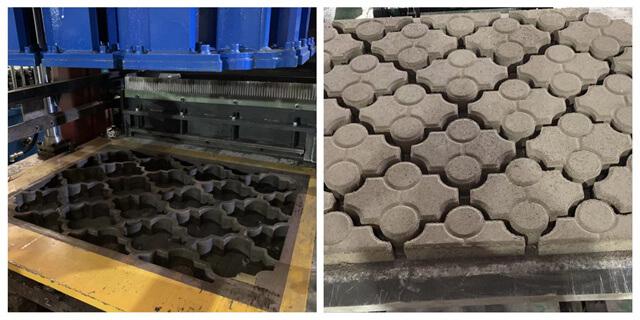

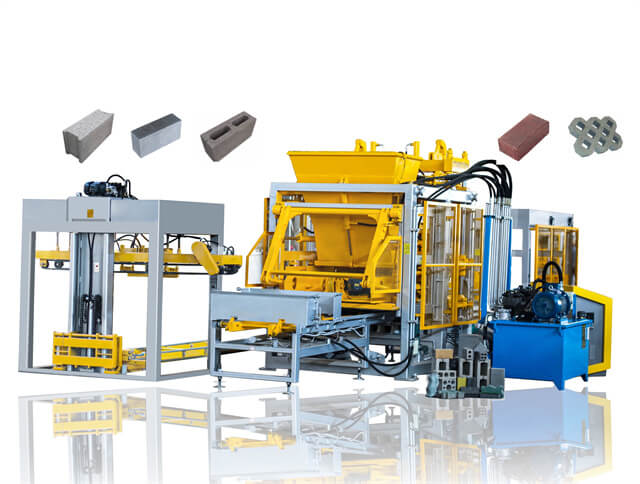
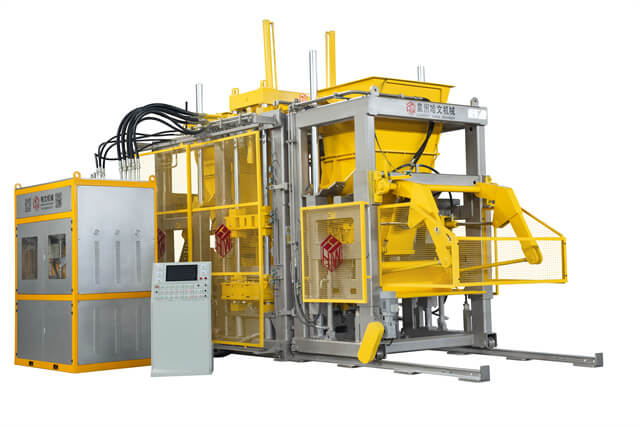
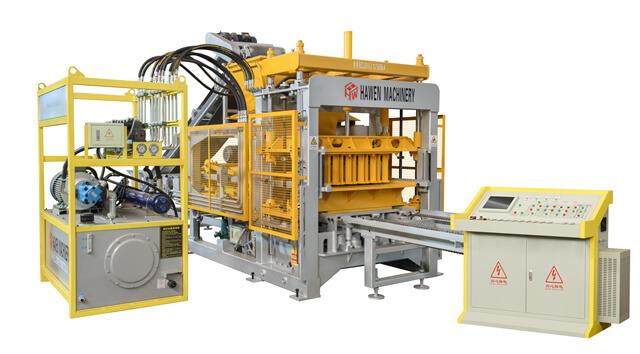
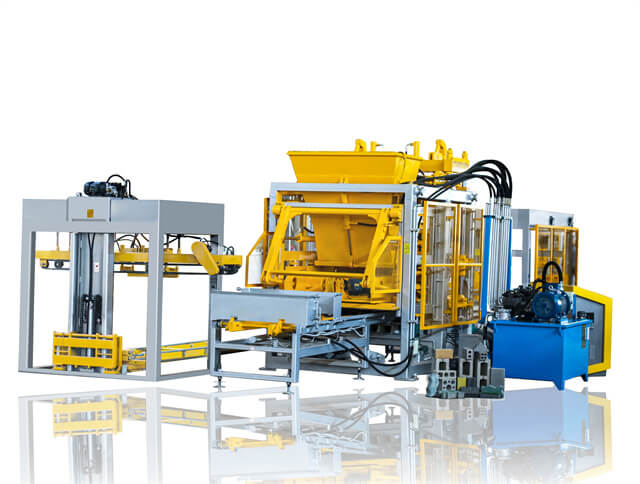
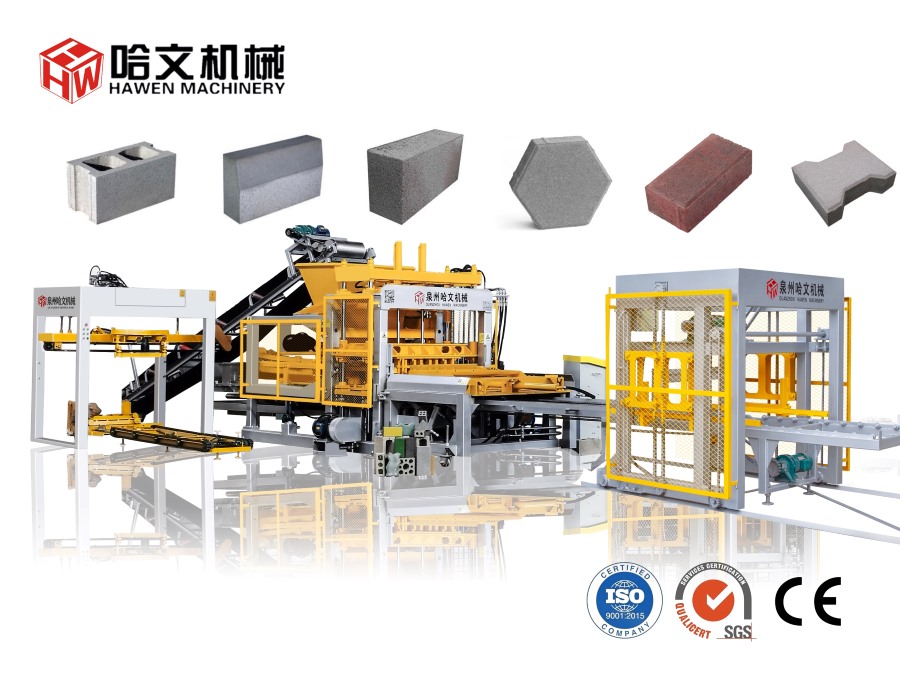
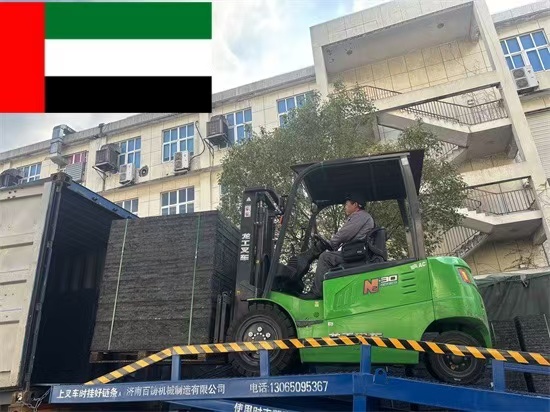
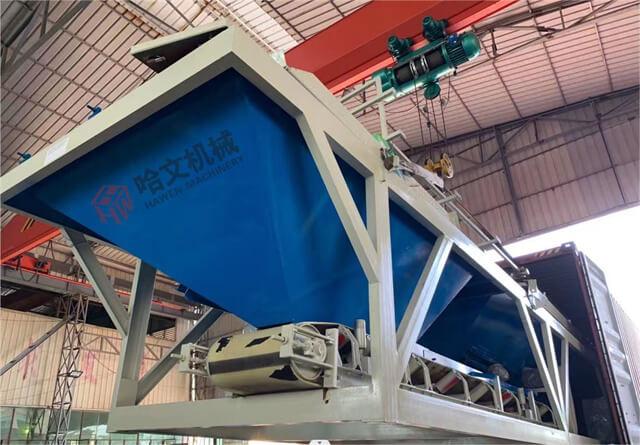
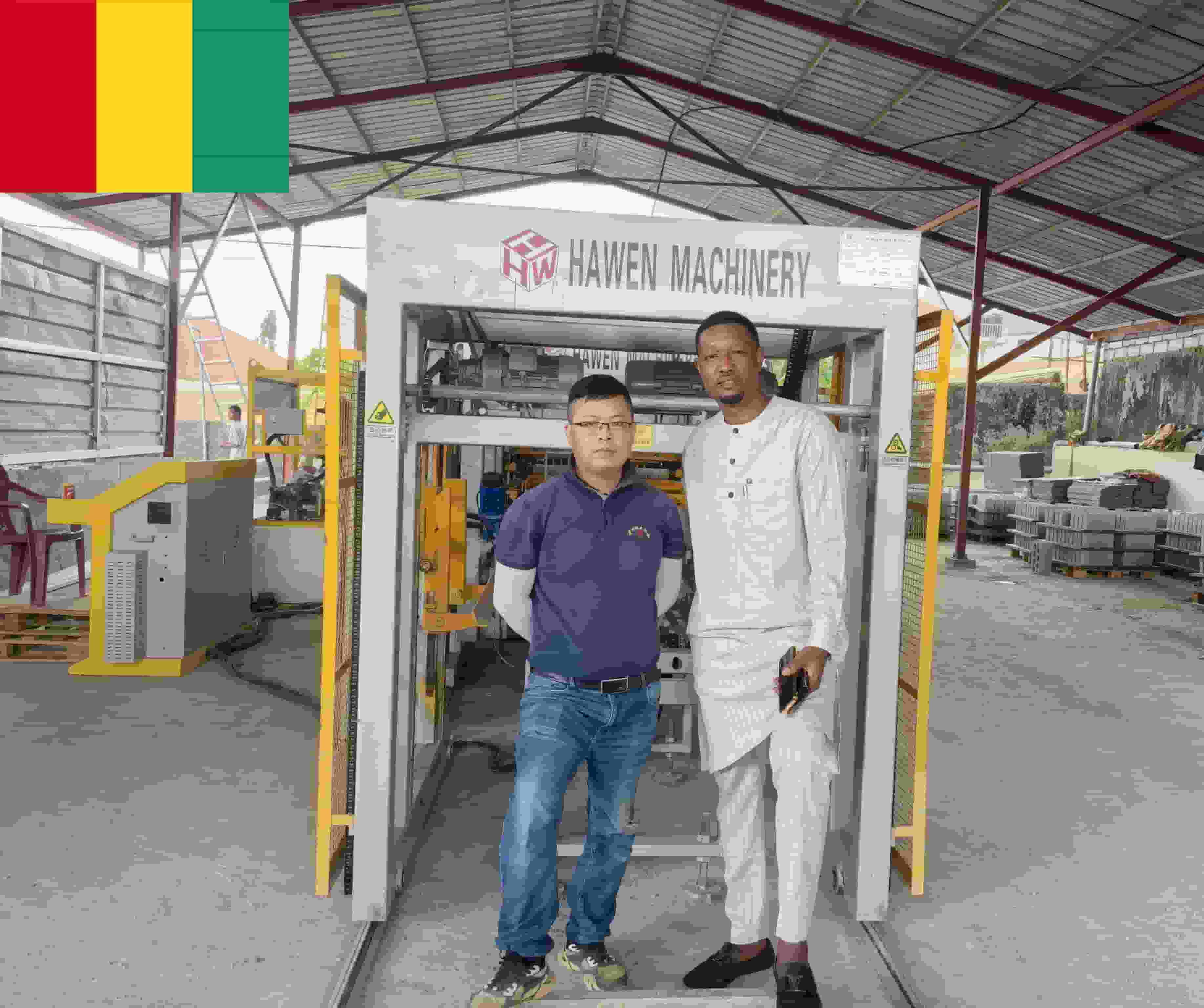


 Tel: +86-13905968794
Tel: +86-13905968794 Email: export@hwmachines.com
Email: export@hwmachines.com MP/WhatsApp: +86-13905968794
MP/WhatsApp: +86-13905968794 Manufacturer Address:Nanan,Quanzhou City,Fujian Province,China
Manufacturer Address:Nanan,Quanzhou City,Fujian Province,China




